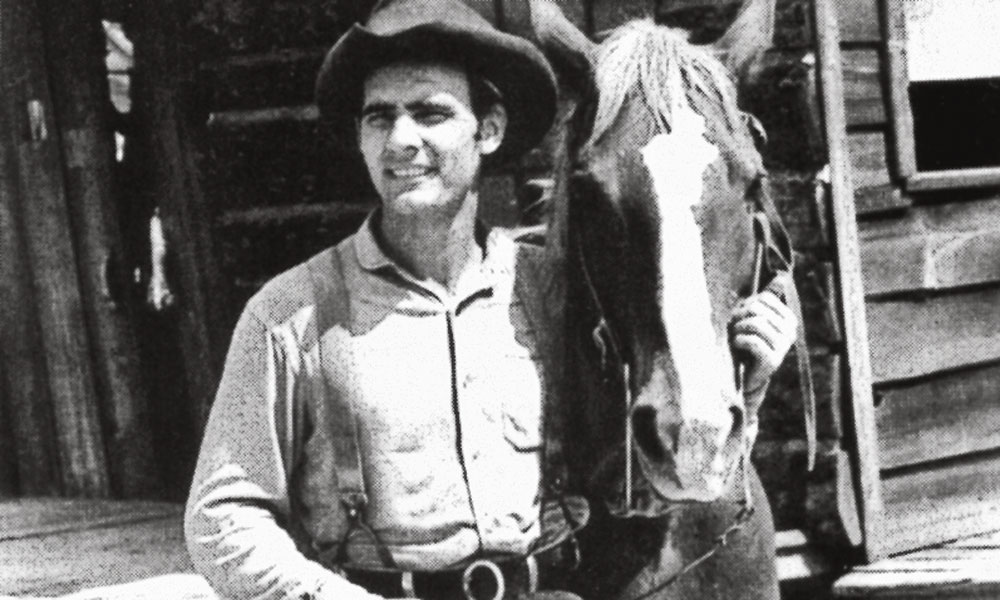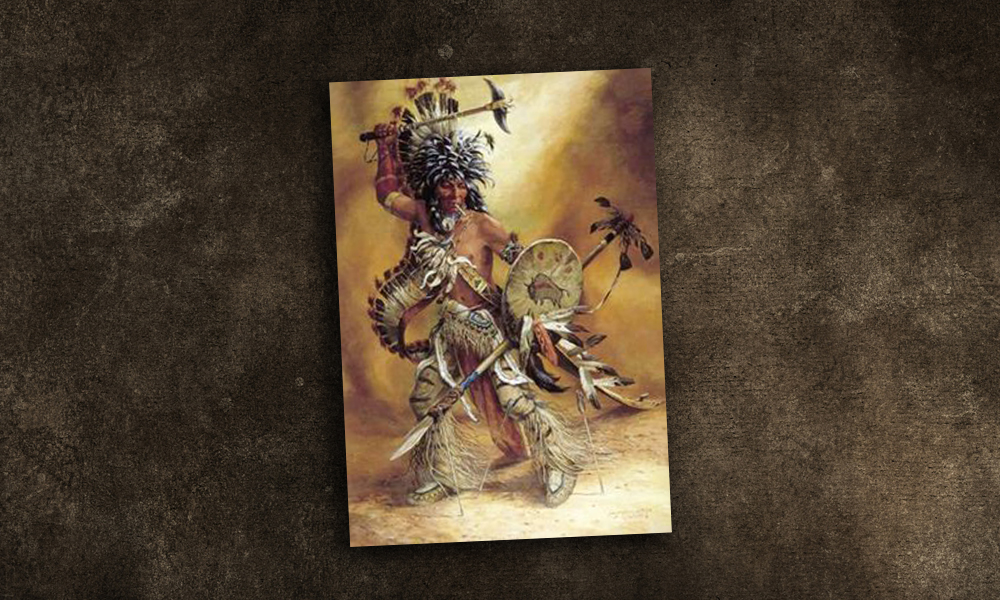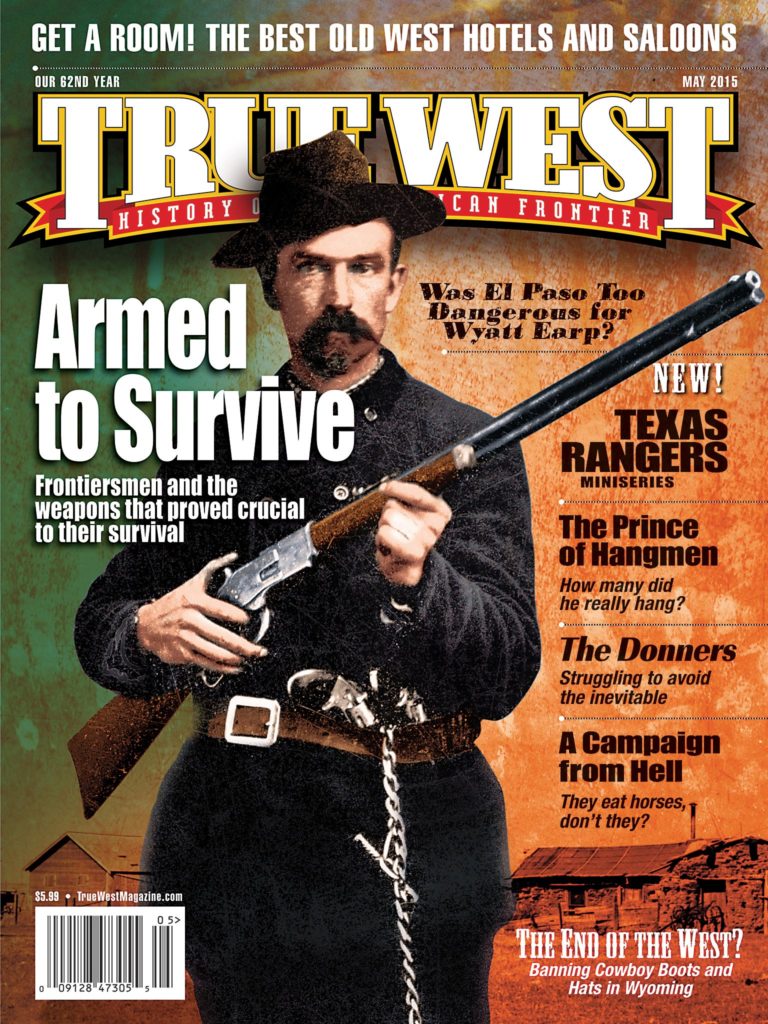 What’s the story behind Wild Bill Hickok’s gunfight with a couple of soldiers in Hays City, Kansas?
What’s the story behind Wild Bill Hickok’s gunfight with a couple of soldiers in Hays City, Kansas?
Michael Wharton
Cottonwood, Arizona
On the night of July 17, 1870, two drunken 7th Cavalry troopers from Fort Hays—Jerry Lonergan and John Kile—attacked Deputy U.S. Marshal James Butler “Wild Bill” Hickok in Paddy Welch’s saloon (some accounts state Thomas Drum’s saloon).
The motive is unclear. Hickok biographer Joe Rosa said Kile, a Medal of Honor recipient and deserter who later reenlisted, probably had never met Hickok. Some have suggested Lonergan had a dispute with Hickok when he was county sheriff the year before, although no historical record supports the claim.
Lonergan grabbed and held Hickok from behind as Kile pulled a Remington .44 and stuck it in Hickok’s ear—but the pistol misfired. Hickok pulled his pistol and shot Kile in the wrist and then the body, and then shot Lonergan in the knee before leaping through a glass window to escape. Fearing an attack by other soldiers, he armed himself with a Winchester rifle and 100 rounds, and hid out in a cemetery.
Kile died the next day. Lonergan recovered, but he was later killed by another soldier.
The story of the fight grew to epic proportions. Hickok’s first biographer, J.W. Buel, told a tall tale that 15 soldiers attacked Hickok; he killed three and was himself shot seven times. He also claimed Gen. Philip Sheridan ordered Hickok brought in dead or alive. Hickok biographer William Connelley changed the story and claimed Fort Hays commanding officer Tom Custer, George’s brother, led revenge-seeking soldiers into Hays City to kill Hickok.
In reality, Hickok left the city, and no further action was taken by Tom Custer, the Army or anybody else.
Marshall Trimble is Arizona’s official historian. His latest book is Wyatt Earp: Showdown at Tombstone. If you have a question, write: Ask the Marshall, P.O. Box 8008, Cave Creek, AZ 85327 or e-mail him at marshall.trimble@scottsdalecc.edu






